From Issue Seven of Gear Patrol Magazine.
It’s complicated. And no, we aren’t talking about your love life over social media — we’re referring to that thing on your wrist. “Complicated” is the term used to describe any watch that does one or more things beyond time-telling, and complications — the features of the watch that go beyond tracking seconds, minutes and hours and are often controlled by the pushers on the side of your watch — aren’t as involved as you might think. Here’s a primer on the most common complications in timekeeping and what they do.
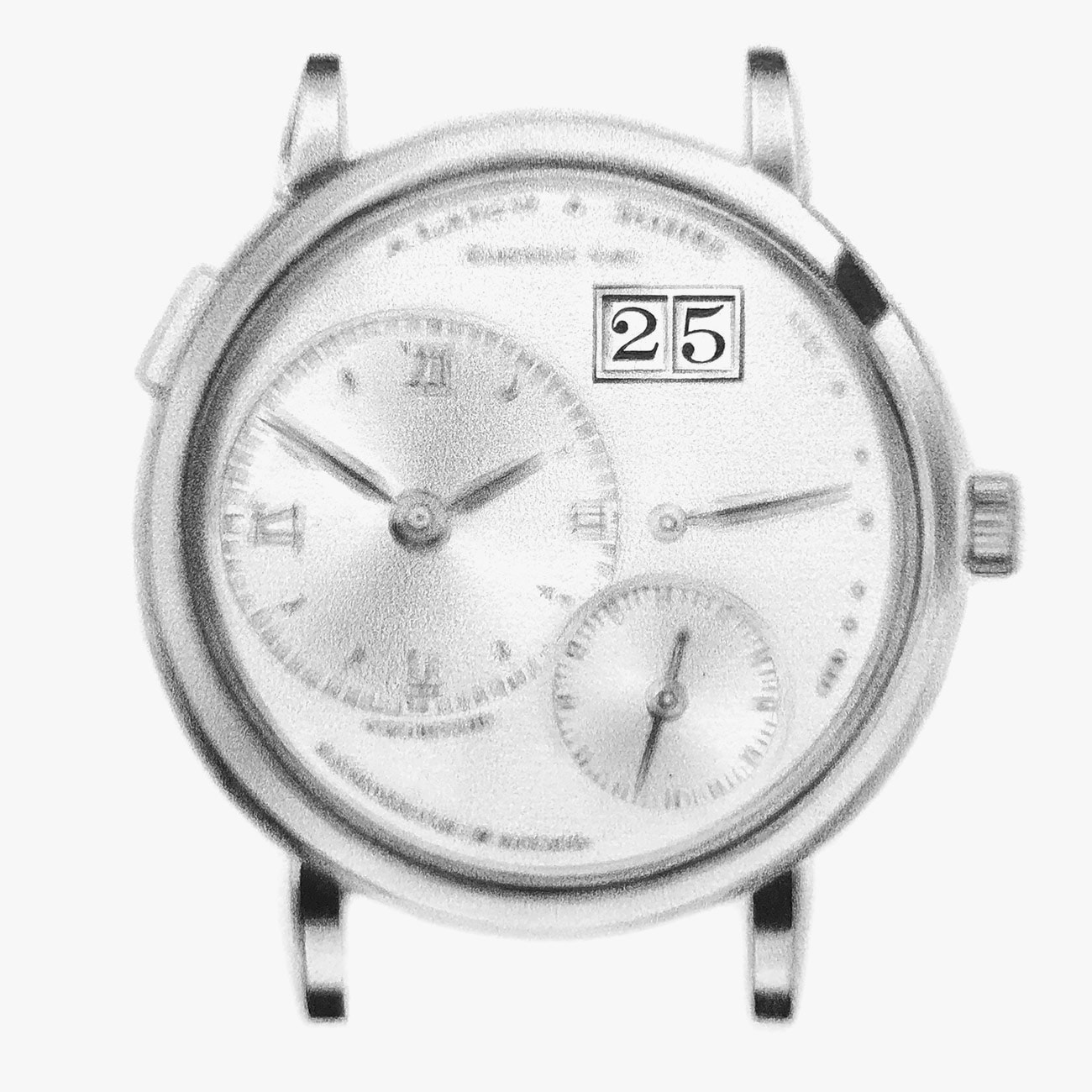
The most common display is the simple date window, where a single disc rotates beneath an aperture at 3 o’clock showing the date as a number from 1 to 31. But the date can also be displayed in other ways, including on a small sub-dial above 6 o’clock; around the edge of the dial with a fourth hand that points to the correct date number (a “pointer date”); or as a large, digital-type display utilizing two disks at the top of the dial that rotate and display the numbers through an opening. A date display is usually easy to adjust manually via the crown.
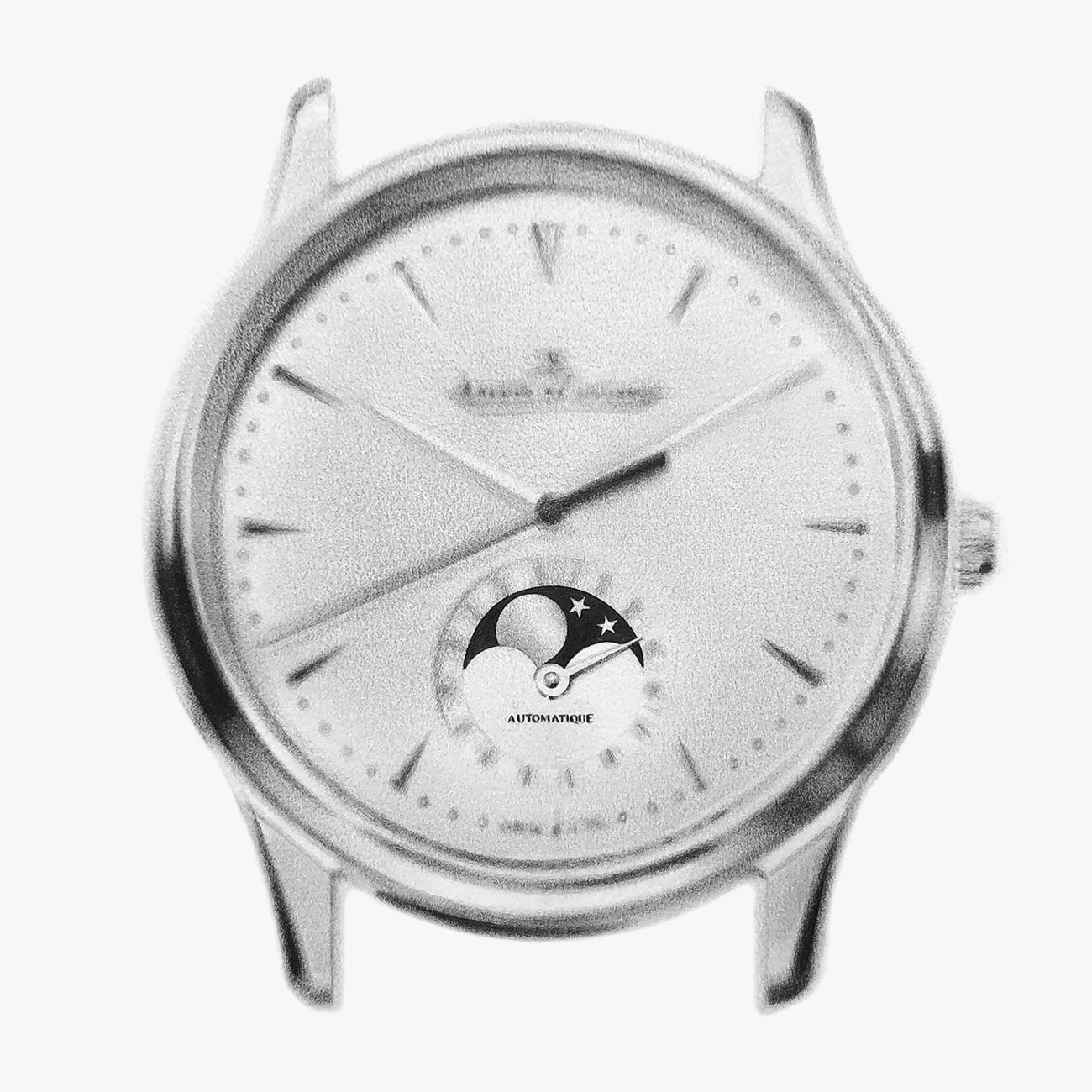
A moon phase indicator tells the wearer what the current phase of the moon is, generally operating via a rotating disc with graphic representations of the waxing, waning, full or absent lunar surface. Because the lunar cycle is 29.53 days long, some seriously precise engineering is required in order to design a moon phase indicator that doesn’t require semi-regular manual adjustment. More technical models utilize a precise 135-tooth wheel and only require adjustments once every 122 years, while less sophisticated versions are mounted on a 59-tooth wheel and require adjustment — generally via a small pusher — once every two-and-a-half years.
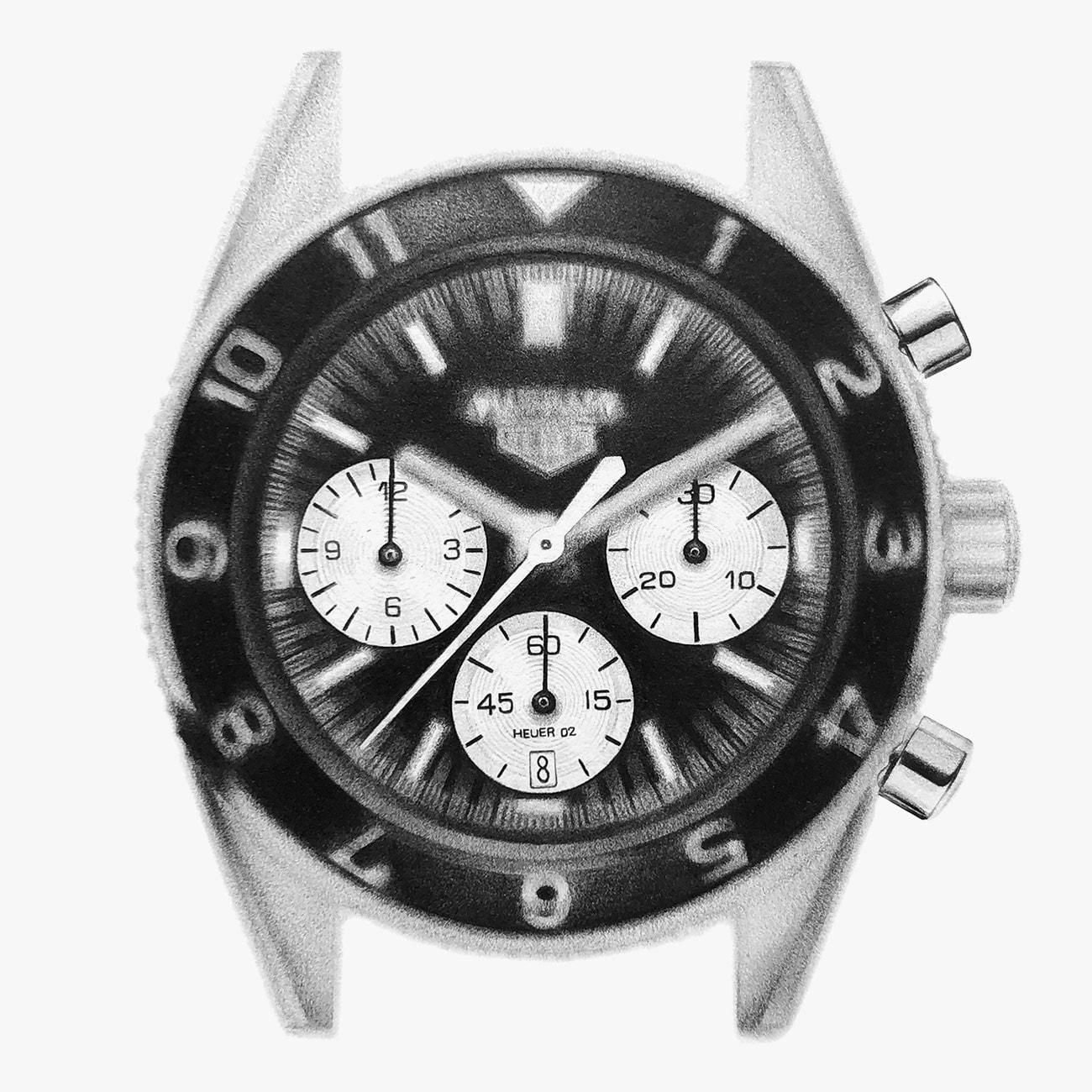
The chronograph is a time-recording complication – essentially a built-in stopwatch usually run by the topmost pusher on the side of the watch. The running seconds hand, which shows the passing seconds, is generally moved to a small sub-dial, while the central seconds hand, mounted in the center of the dial, only runs when the chronograph is engaged. The other sub-dials on the watch record timing intervals, typically in 30-minute, 45-minute or 12-hour counts. To reset the chronograph, one simple press of the lower pusher returns the time-recording hands to zero.
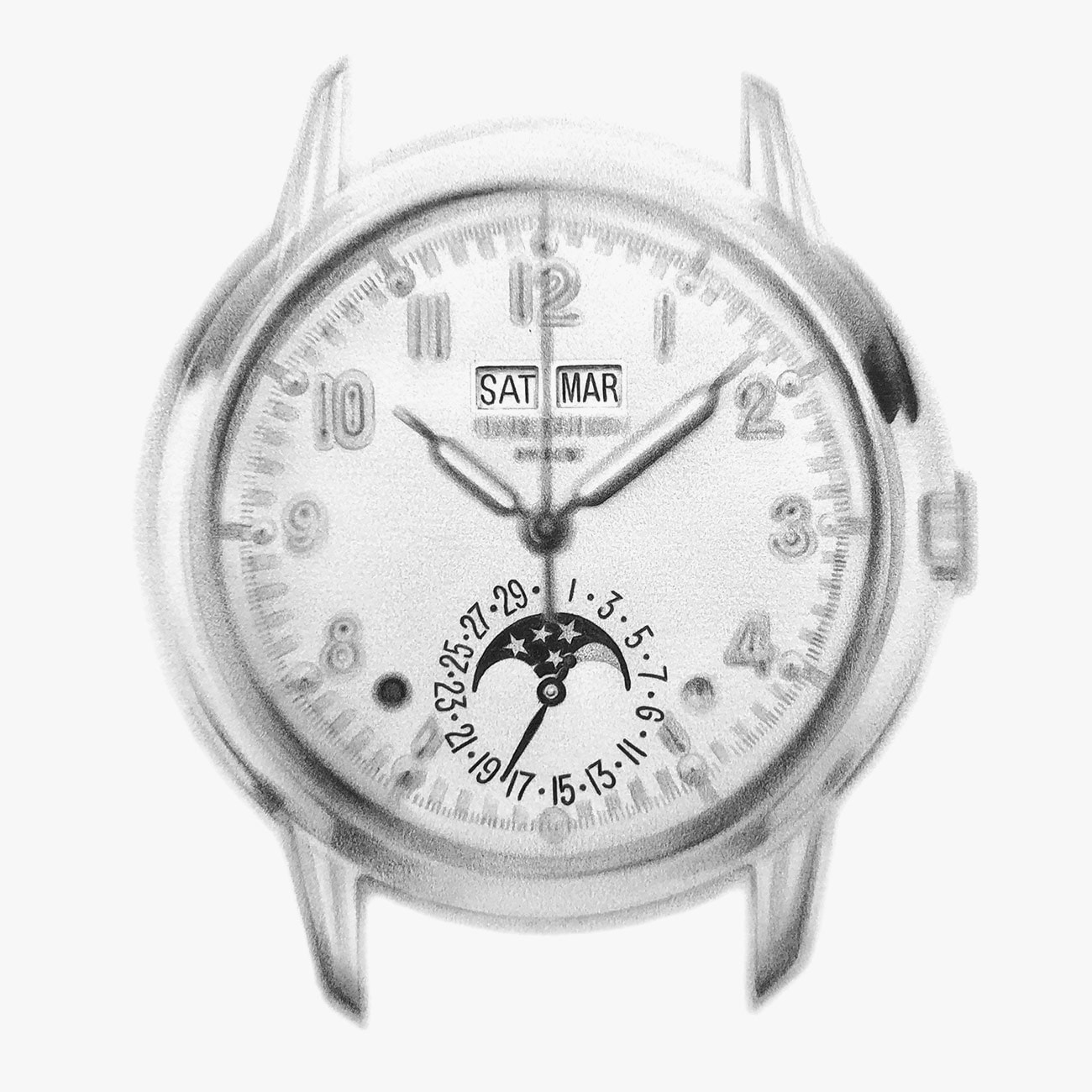
There are several types of calendar watches that display information beyond the day of the month: the day-date, which displays the date and day of the week; the triple calendar, which adds the month and the year; and the complete calendar, which indicates the phases of the moon. Beyond this, an annual calendar takes into account the varying lengths of the months and only requires adjustment once per year (in February); the most complex, commonly available calendar watch, the perpetual calendar, takes leap years into account. Most of today’s perpetual calendars will only need manual adjustment in the year 2100, when the leap year will be ignored.
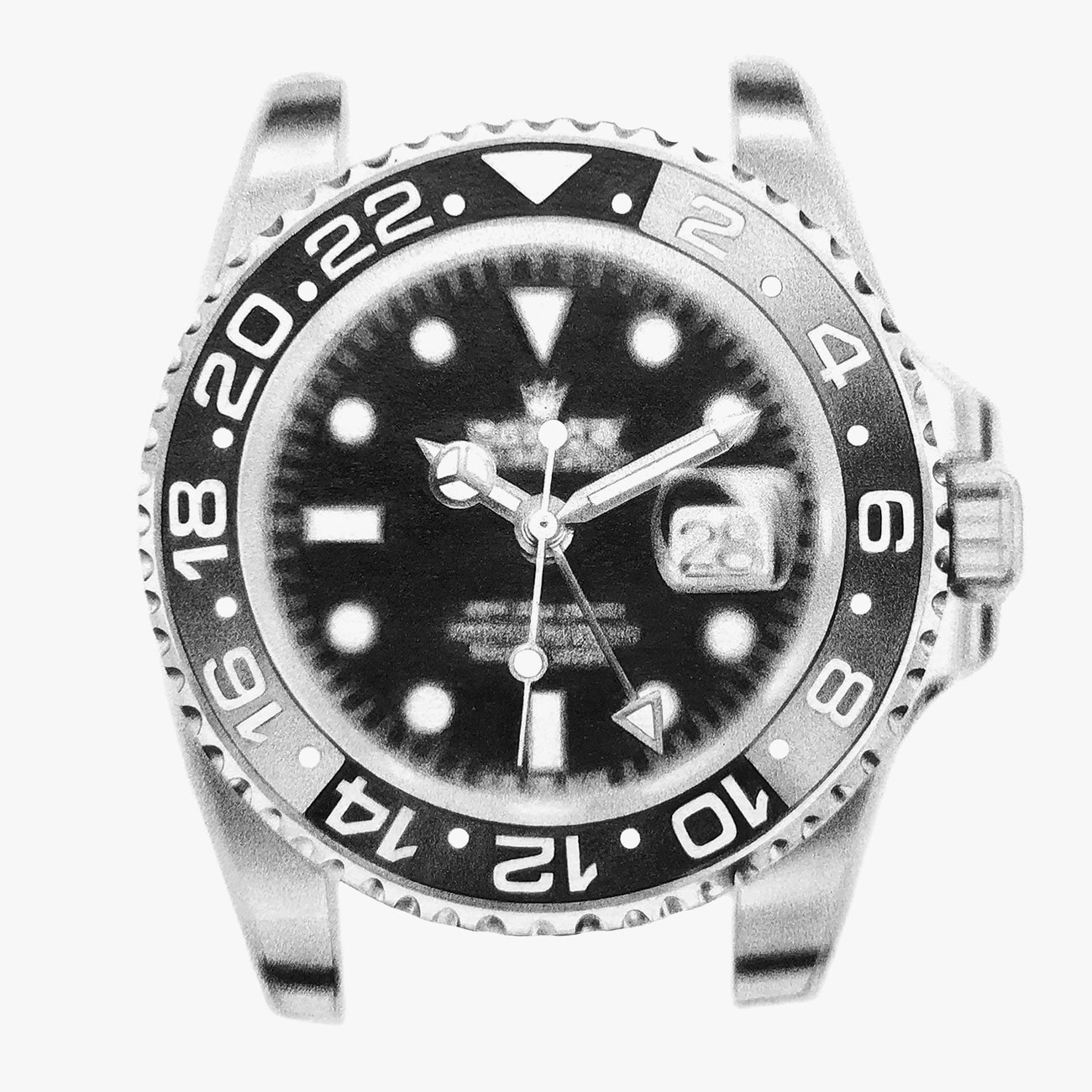
A “GMT” watch refers to a timepiece that displays two time zones concurrently (one of which must technically be on a 24-hour scale). “GMT,” or Greenwich Mean Time, is the mean solar time observed at the Greenwich Observatory in London, England, and the standard by which all other time zones are calculated. The original example of a GMT watch is the Rolex GMT Master, developed in the 1950s for use by Pan Am aircrews to monitor local and Greenwich Mean Time simultaneously. A modern GMT watch generally uses a fourth, 24-hour hand that can be used to track a second time zone, often in conjunction with a 24-hour rotating bezel (certain models can even track a third time zone).

